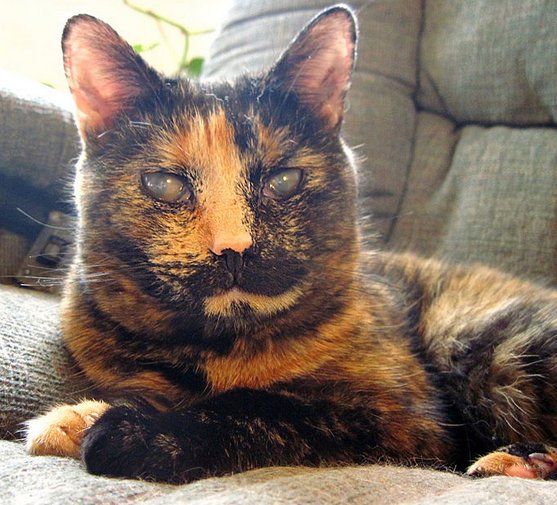128 → 2 * 64 → 304 (October 31) - 2 * 88. Once again. From November 6 (310) to January 20 (310 + 55 + 20) - during 75 days - the planet Mars went withershins (following the Moon).
The Great Sphinx was watching the Horizon in the East:
Sphincter ... (anat.) muscular ring normally closing an orifice. XVI. - late L. sphincter - Gr. sphightēr band, contractile muscle, f. sphiggein bind tight ... → Sphinx ... ... The manner of his death can be reconstructed from a variety of legends, folk-customs and other religious survivals. At mid-summer, at the end of a half-year reign, Hercules is made drunk with mead and led into the middle of a circle of twelve stones arranged around an oak, in front of which stands an altar-stone; the oak has been lopped until it is T-shaped. He is bound to it with willow thongs in the 'five-fold bond' which joins wrists, neck, and ankles together, beaten by his comrades till he faints, then flayed, blinded, castrated, impaled with a mistletoe stake, and finally hacked into joints on the altar-stone ... ... When they arrived at the place where Hine nui lay asleep with her legs apart and they could see those flints that were set between her thighs, Maui said to his companions: 'Now, my little friends, when you see me crawl into the body of this old chieftainess, whatever you do, do not laugh. When I have passed right through her and am coming out of her mouth, then you can laugh if you want to. But not until then, whatever you do.' His friends twittered and fluttered about him and flew in his way. 'O sir', they cried, 'you will be killed if you go in there.' 'No', said Maui, holding up his enchanted jawbone. 'I shall not - unless you spoil it. She is asleep now. If you start laughing as soon as I cross the threshold, you will wake her up, and she will certainly kill me at once. But if you can keep quiet until I am on the point of coming out, I shall live and Hine nui will die, and men will live thereafter for as long as they wish.' So his friends moved out of his way. 'Go on in then, brave Maui', they said, 'but do take care of yourself'. Maui at first assumed the form of a kiore, or rat, to enter the body of Hine. But tataeko, the little whitehead, said he would never succeed in that form. So he took the form of a toke, or earth-worm. But tiwaiwaka the fantail, who did not like worms, was against this. So Maui turned himself into a moko huruhuru, a kind of caterpillar that glistens. It was agreed that this looked best, and so Maui started forth, with comical movements. The little birds now did their best to comply with Maui's wish. They sat as still as they could, and held their beaks shut tight, and tried not to laugh. But it was impossible. It was the way Maui went in that gave them the giggles, and in a moment little tiwaiwaka the fantail could no longer contain himself. He laughed out loud, with his merry, cheeky note, and danced about with delight, his tail flickering and his beak snapping. Hine nui awoke with a start. She realised what was happening, and in a moment it was all over with Maui. By the way of rebirth he met his end ...
Likewise in November 6 AD 2022 the planet Mars could be seen to have turned his face towards the horizon in the east:
We should here remember my suggestion of a shift from midsummer to spring equínox, perhaps due to the precession: ... in fundamental contrast to the Mnajdra temple the Connecticut structure was catching the rays from the sun at winter solstice and the sun at spring equinox (instead of summer solstice) ... A quarter of the precessional cycle = 26000 / 4 = 6500 years. At winter solstice the rays from the Sun entered through one opening (vaha) in the Irish stone observatory and a quarter later, at spring equinox, the perception was that the rays from the Sun were reaching ínto the structure by way of another window in the east → Easter → Easter Island ... However, another explanation is the fact that in ancient Egypt Sirius was perceived as causing the rising of the Nile, and due to their 'upside down' geography with the Nile running from the mountains in the south down to the delta in the north the ruling perspective was different from that of ancient Mesopotamia (a Land between a pair of rivers - in E and W - instead of a River between a pair of lands, in N and S). Horus was the Sun at the horuson in the east and since he was very young and hungry he - named Harpcrates by the Greek - pointed with a lean forefinger to the orifice of his mouth:
This proves that the Egyptian goddess named Heka (→ Al Hak'ah → Hekate) also was at a place of birth (or rather death). She looked in the opposite direction and her forefinger was fat:
"S FOR SAILLE. The fifth tree is the willow,
which in Greece was sacred to Hecate, Circe, Hera and Persephone, all Death aspects of the Triple Moon-goddess, and much worshipped by witches." (The White Goddess)
... When the new moon appeared women assembled and bewailed those who had died since the last one, uttering the following lament: 'Alas! O moon! Thou has returned to life, but our departed beloved ones have not. Thou has bathed in the waiora a Tane, and had thy life renewed, but there is no fount to restore life to our departed ones. Alas ... Aue. Ah, alas. Aueue, oh. P Pau., Ta.: aue, alas. Mgv.: aue, auhe, alas. Mq.: aue, oh, alas; auhe, a sigh. Exclamation in general representing the most primordial type of speech, it seems that this may be reduced to recognizable elements. The e is throughout these languages a vocative or hailing sign, commonly postpositive in relation to the person hailed. In the examination of au we have shown that the primal first person singular designation is u. With the comparatively scanty material afforded by this vocabulary we may not attempt ot define the use of a but we have no hesitation in noting that proof based on wider studies will show it to have, inter alia, a characteristic function as a word-maker. In a very high degree, then, a-u-e is represented by a common English interjection 'oh my!' in which oh = a, my = u, and e = !. Churchill. What is this cry which our primitive islanders share with the animals? Look at its elements, all full-throated. First we have a, the sound of mouth open, fauces open, lungs full of air. As air expires the sound recedes in the mouth towards the palate and we find the u. Last comes the conscious finish of the utterance, the muscles begin to retract, the sound-making point is forced forward and the sound is e. If the man had but a few more cubic centimeters of lung capacity he could attain cow volumne for his cry, or interjection, since it amounts to the same thing. Churchill 2. The star visible close to the planet Mars in November 6 AD 2022 has been named 121 Tauri, and this number is suggesting a similarity with May 1 (121), i.e. the day of Beltane when the summer half of the year (north of the equator) would arrive.
From heliacal Bharani (121 - 80 = *41) to Heka (*83 + *80 = 163) the distance was *42 right ascension days. Or rather: 42 + 16 = 58 (→ 2 * 29 → 229 → 230 - 1). APRIL 9 + 16 = APRIL 25 3 * 3 + 4 * 4 = 5 * 5 ( = 7 * 7 - 4 * 4)
|
|||||||||||||||||||||||||||||||||||||||||||||||||||||||||||||||||||||||||||||||||||||||||||||||||||||||||||||||||||||||||||||||||

.jpg)










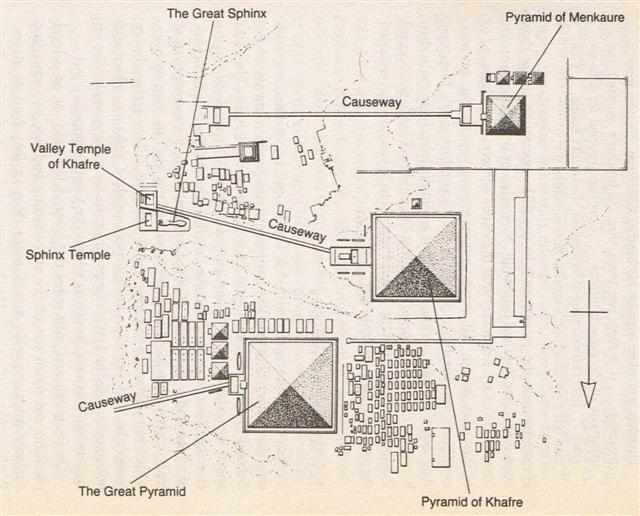
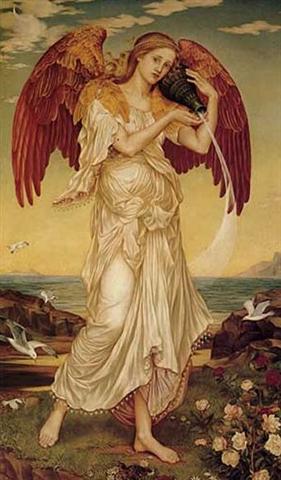

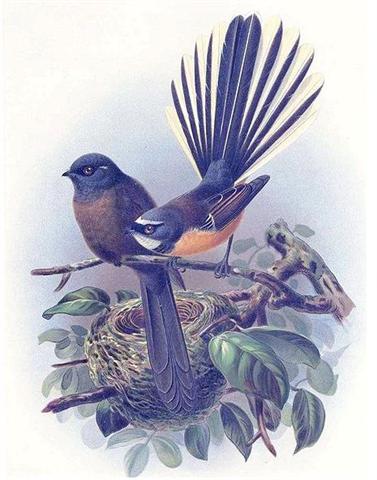
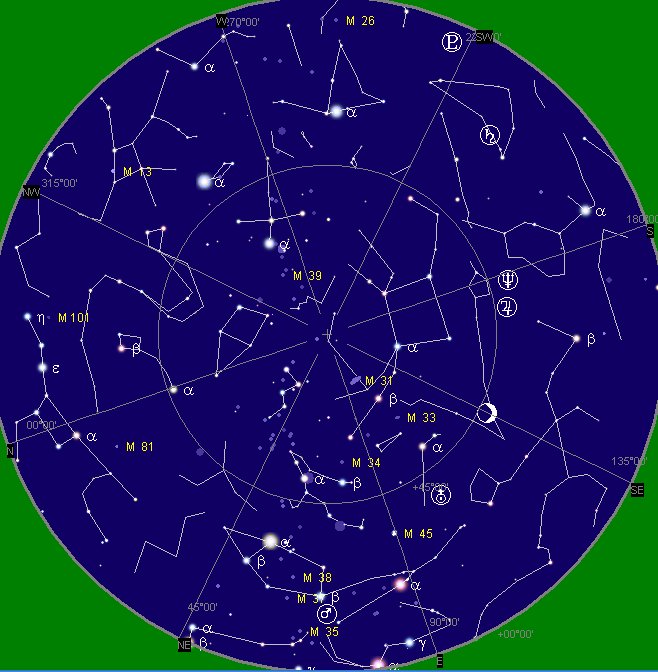

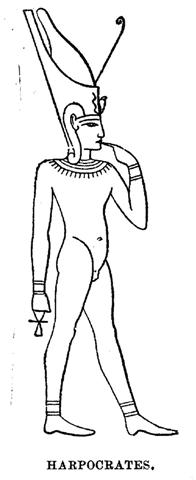
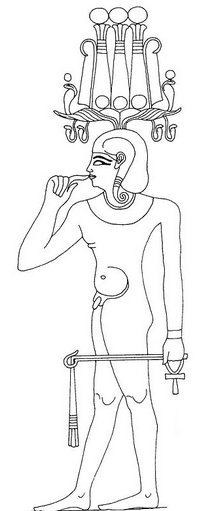

.jpg)

